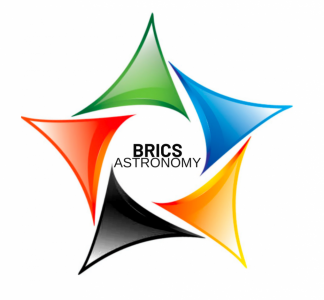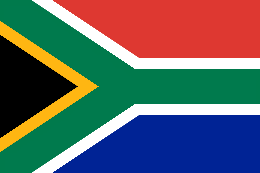
The first BRICS Science, Technology and Innovation (STI) Ministerial Meeting was held in Cape Tow n, South Africa, on 10 February 2014, at this meeting five priority areas to be led by the respective BRICS member countries were endorsed. South Africa was given the responsibility to lead the astronomy priority area, and consequently chairs the BRICS Astronomy Working Group (BAWG).
n, South Africa, on 10 February 2014, at this meeting five priority areas to be led by the respective BRICS member countries were endorsed. South Africa was given the responsibility to lead the astronomy priority area, and consequently chairs the BRICS Astronomy Working Group (BAWG).
Astronomy Institutes and Observatories
South Africa has a long history of excellence in astronomy, a sound high-tech infrastructure and clear skies. An important driving force for astronomy in South Africa is the pursuit of multiwavelength astronomy. South Africa currently hosts the Southern African Large Telescope (SALT), which is a 10m optical telescope and the largest of its kind in the Southern hemisphere at the South African Astronomical Observatory (SAAO) Sutherland site. South Africa will also be hosting the world’s large radio telescope, Square Kilometre Array (SKA). South Africa was awarded the majority of the 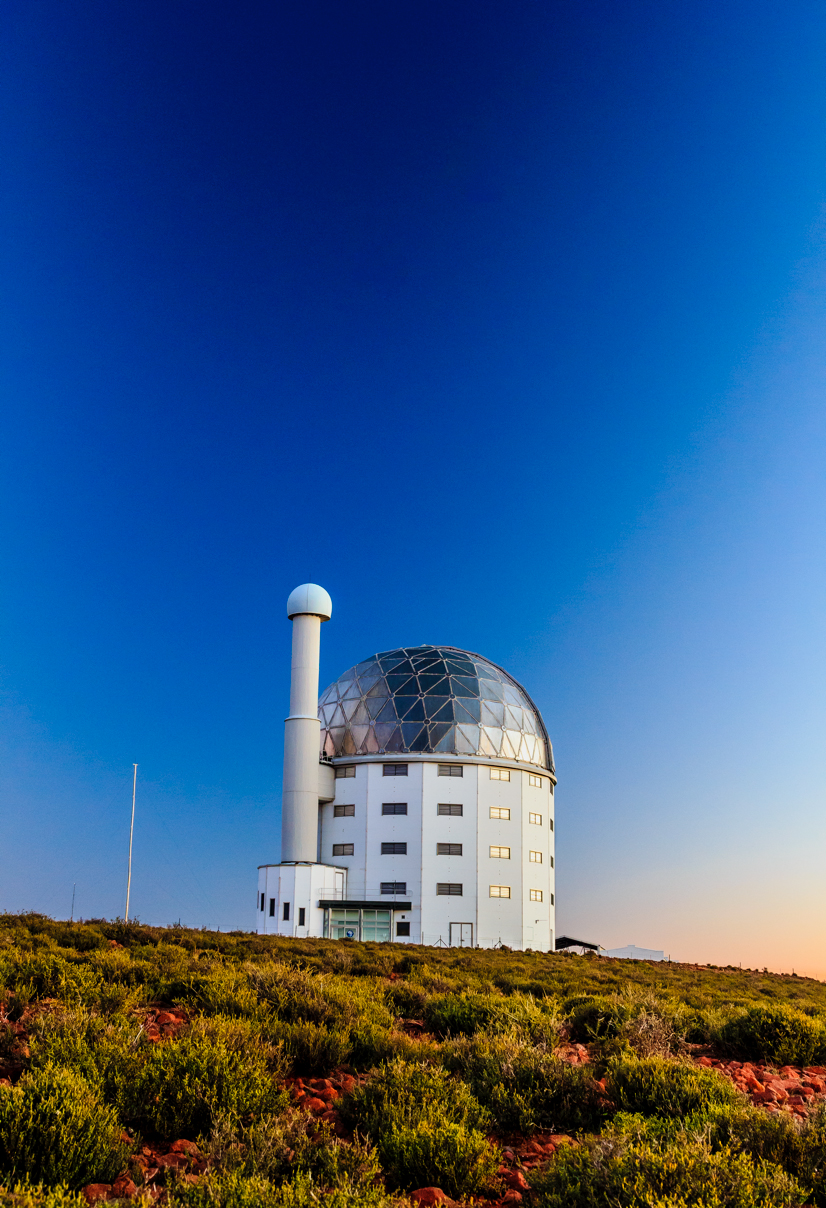 International SKA Project, with the low frequency array to be constructed in Australia.
International SKA Project, with the low frequency array to be constructed in Australia. 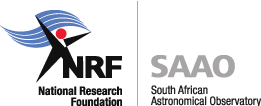
As part of preparations for the complete SKA telescope, SKA-SA is currently working on the construction of MeerKAT Telescope, a 64 dish Radio Telescope array, 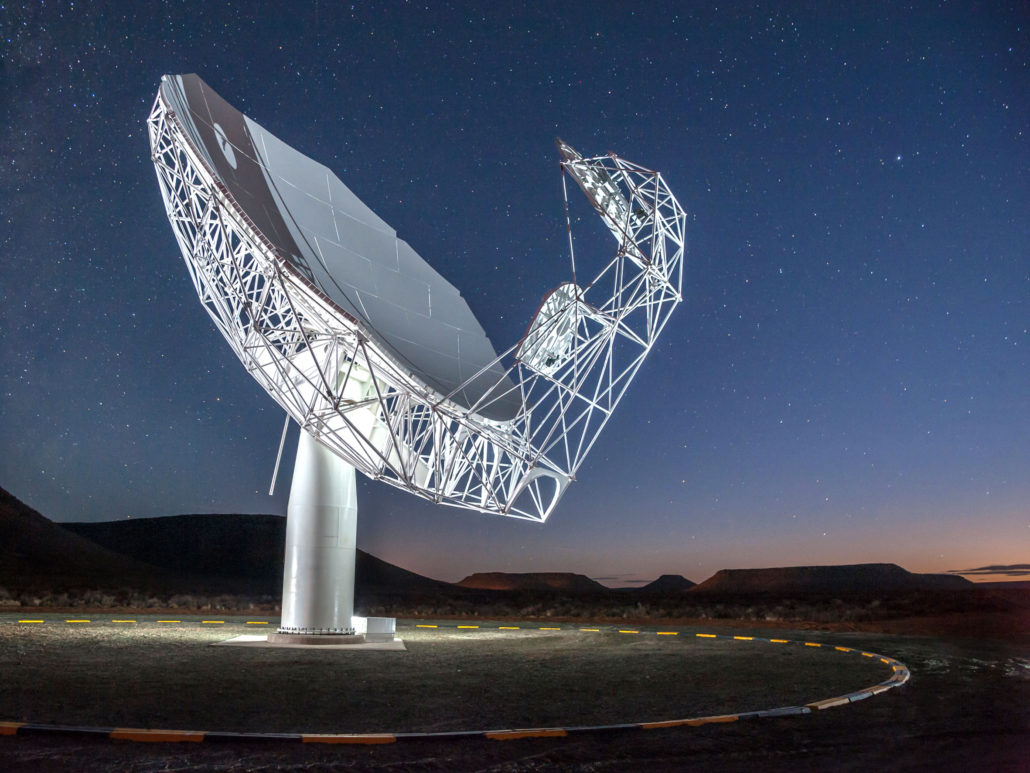 which will be integrated into SKA Phase I of about 200 dishes, the entire SKA project will eventually consist of about 3000 dishes including several in eight African partner countries.
which will be integrated into SKA Phase I of about 200 dishes, the entire SKA project will eventually consist of about 3000 dishes including several in eight African partner countries.
Through SKA-SA, South Africa is involved in other international 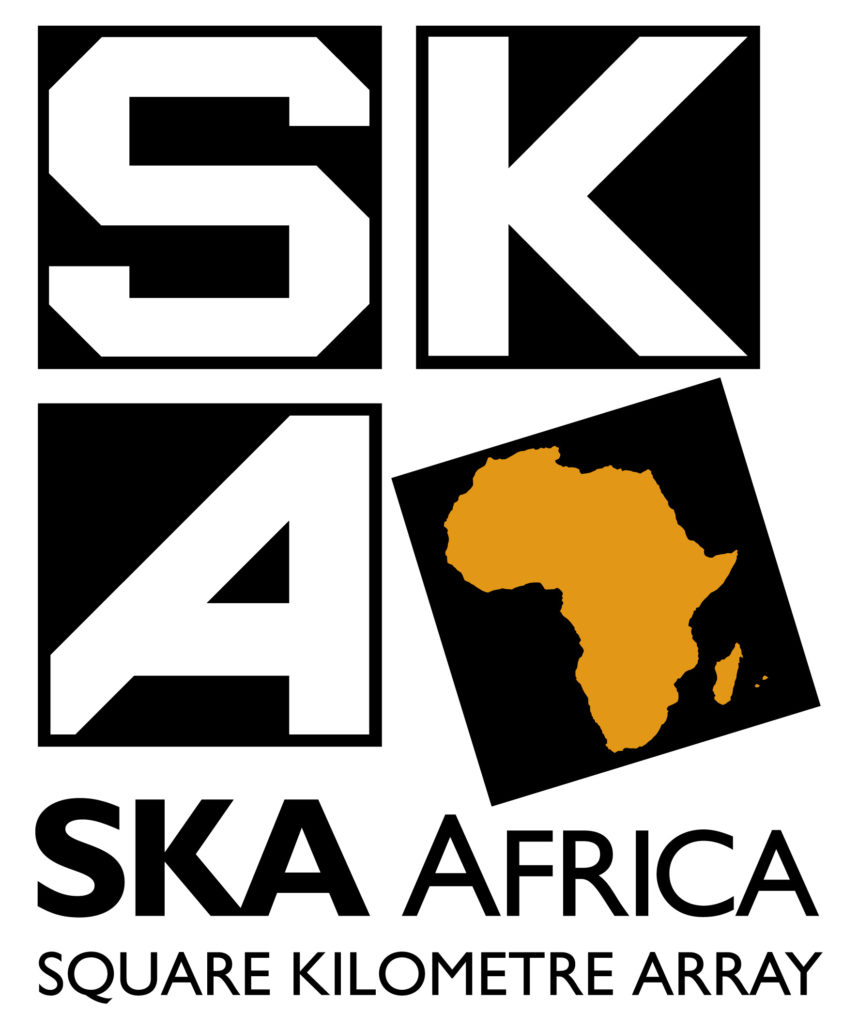 radio Astronomy projects including PAPER (Precision Array for Probing the Epoch of Re-ionisation), HERA (Hydrogen Epoch of Reionisation Array) and C-BASS (C-Band All Sky Survey).
radio Astronomy projects including PAPER (Precision Array for Probing the Epoch of Re-ionisation), HERA (Hydrogen Epoch of Reionisation Array) and C-BASS (C-Band All Sky Survey).
Hartrao is located in  Hartebeeshoek and hosts a 26m radio telescope for VLBI, radiometry, pulsar timing, spectroscopy and geodetic VLBI research. Along side 26m instrument there is a 15m radio telescope performing similar experiments.
Hartebeeshoek and hosts a 26m radio telescope for VLBI, radiometry, pulsar timing, spectroscopy and geodetic VLBI research. Along side 26m instrument there is a 15m radio telescope performing similar experiments.
In July 2017 the Minister of Science and Technology (DST), the Honourable Naledi Pandor MP, announced the simultaneous withdrawal of the Hartebeesthoek Radio Astronomy Observatory (HartRAO) as a National Research Facility and the declaration of the South African Radio Astronomy Observatory (SARAO) as a National Research Facility under the National Research Foundation (NRF). SARAO will incorporate HartRAO and all instruments and projects currently operated by Square Kilometre Array South Africa (SKA SA), including the MeerKAT, the Karoo Array Telescope (KAT-7), and the African VLBI Network (AVN) as well as the associated human capital development and commercialisation endeavours. SARAO will operate as a National  Research Facility within the NRF and will be responsible for carrying out South Africa’s radio astronomy research and construction programme.
Research Facility within the NRF and will be responsible for carrying out South Africa’s radio astronomy research and construction programme.
The South African Gamma-Ray Astronomy Programme (SA-GAMMA) is a consortium of South African Universities and research institutions which engage in research in the fields of gamma-ray astronomy and high-energy astrophysics. SA-GAMMA co-ordinates the South African involvement in the High Energy Stereoscopic System (H.E.S.S.), 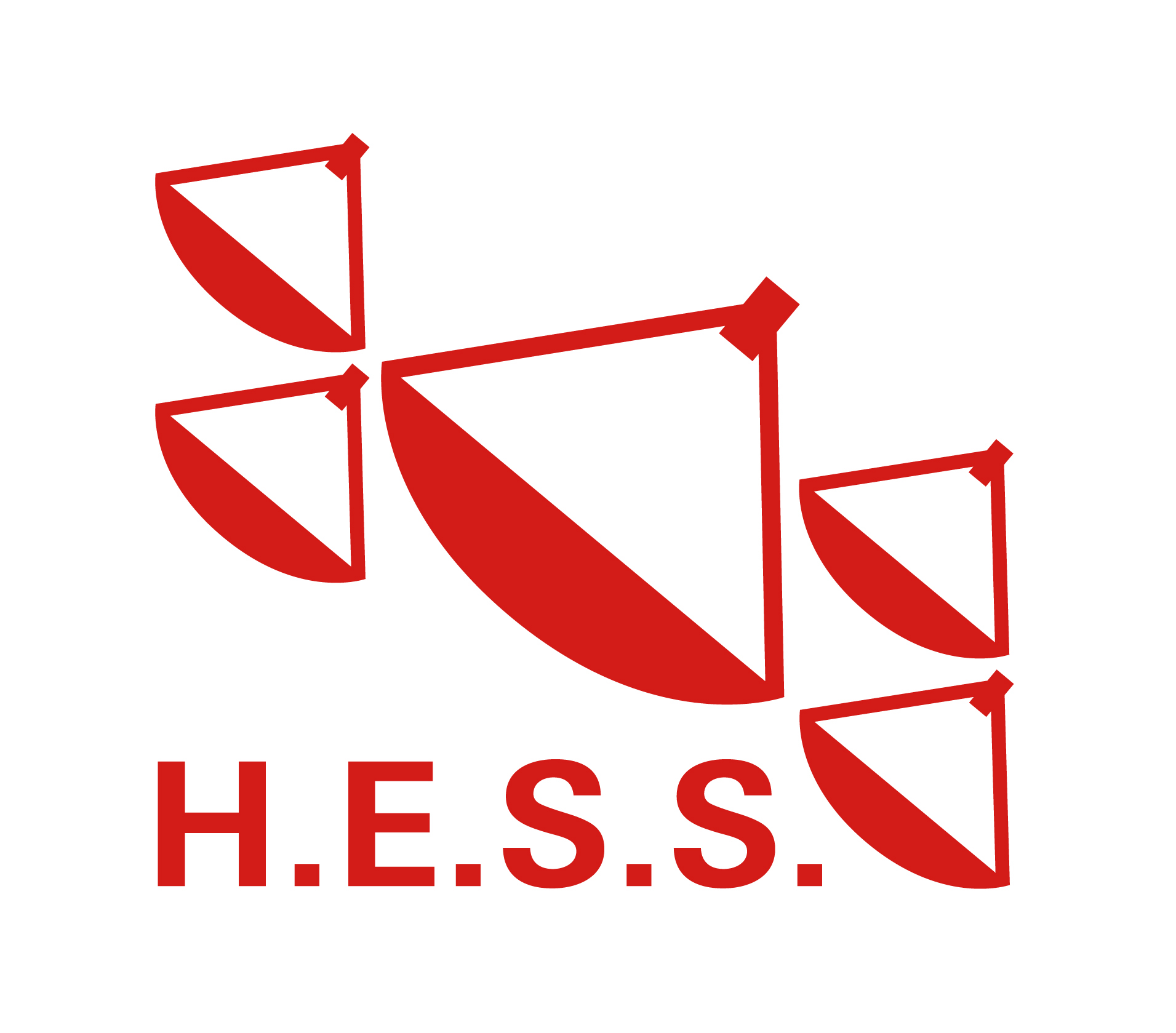 a ground-based very-high-energy gamma-ray observatory located south-west of Windhoek, Namibia, and in the Cherenkov Telescope Array (CTA), the planned next-generation ground-based very-high-energy gamma-ray astronomy facility.
a ground-based very-high-energy gamma-ray observatory located south-west of Windhoek, Namibia, and in the Cherenkov Telescope Array (CTA), the planned next-generation ground-based very-high-energy gamma-ray astronomy facility.
SA-GAMMA currently consists of members from North-West University, the University of the Witwatersrand, the University of the Free State, the University of Johannesburg, and the South African Astronomical Observatory. The South African participation in H.E.S.S. and CTA through SA-GAMMA is sponsored by the South African Department of Science and Technology.
Astronomy Education
The National Astrophysics and Space Science Programme (NASSP) is a multi-institutional initiative aimed at producing Post-graduates in areas pertaining to astronomy, astrophysics and space science. NASSP is positioned as a Human Capital Development (HCD) project which aims to improve human capacity in astronomy and space physics, particularly in under-represented communities, and to build world-class astronomers, space physicists and citizens, who are bonded by the common experience of schooling, interlinked both professionally and personally and able to make a major contribution to the transformation of society.
Multilateral cooperative research
The Department of Science and Technology (DST) and the National Research Foundation (NRF) are part of the initiative to fund multilateral cooperative research activities amongst BRICS countries.
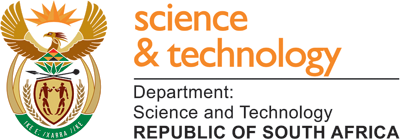
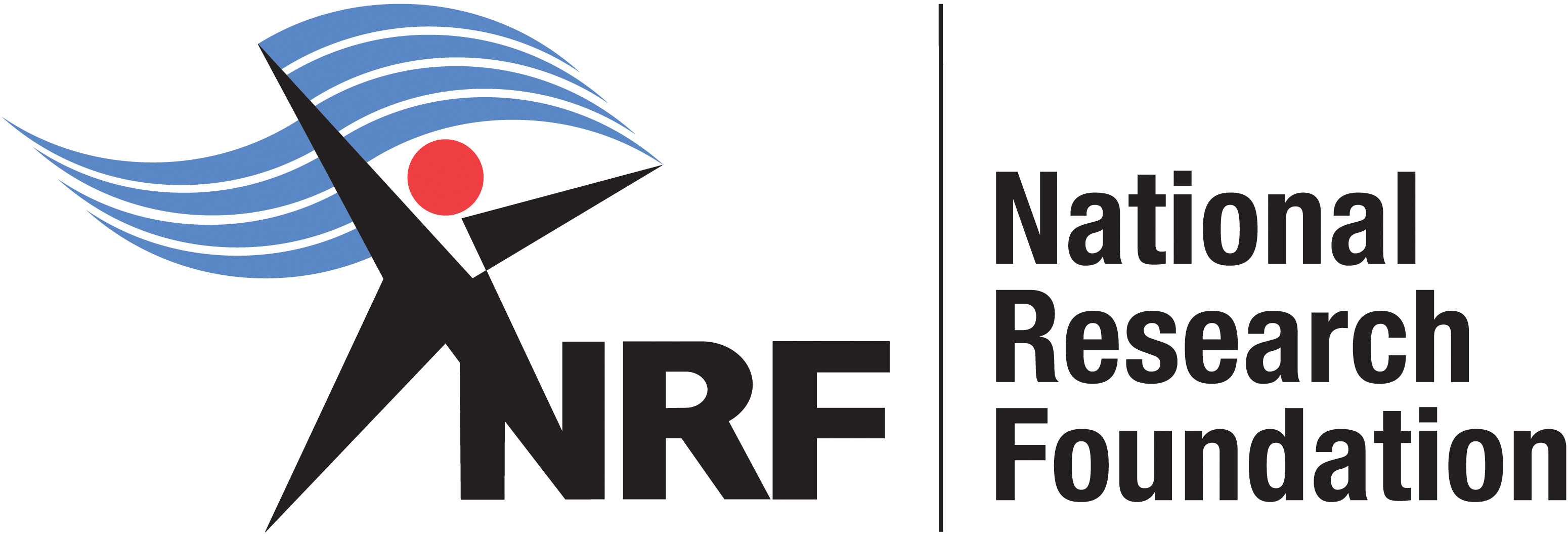
-
Mission of the BRICS Astronomy Working Group
-
The mission of the BRICS Astronomy Working Group is to promote cooperation between BRICS member countries in the field of astronomy and enabling technologies through joint activities of government, universities, research institutions, and industry, as relevant, to develop astronomical sciences, generate new knowledge, train human capital, develop new technologies and applications, and improve public understanding of science.
